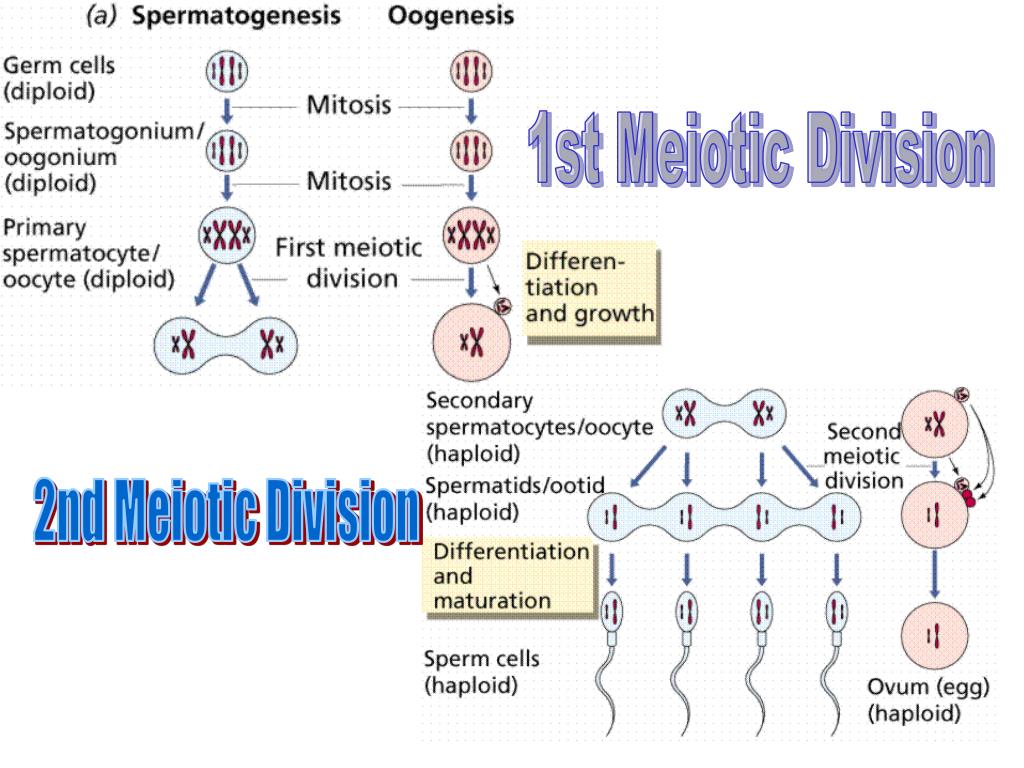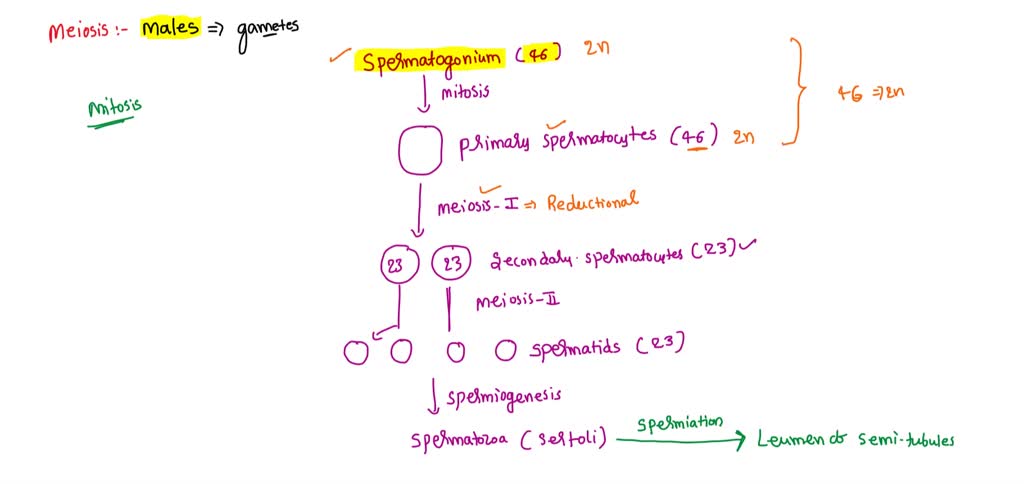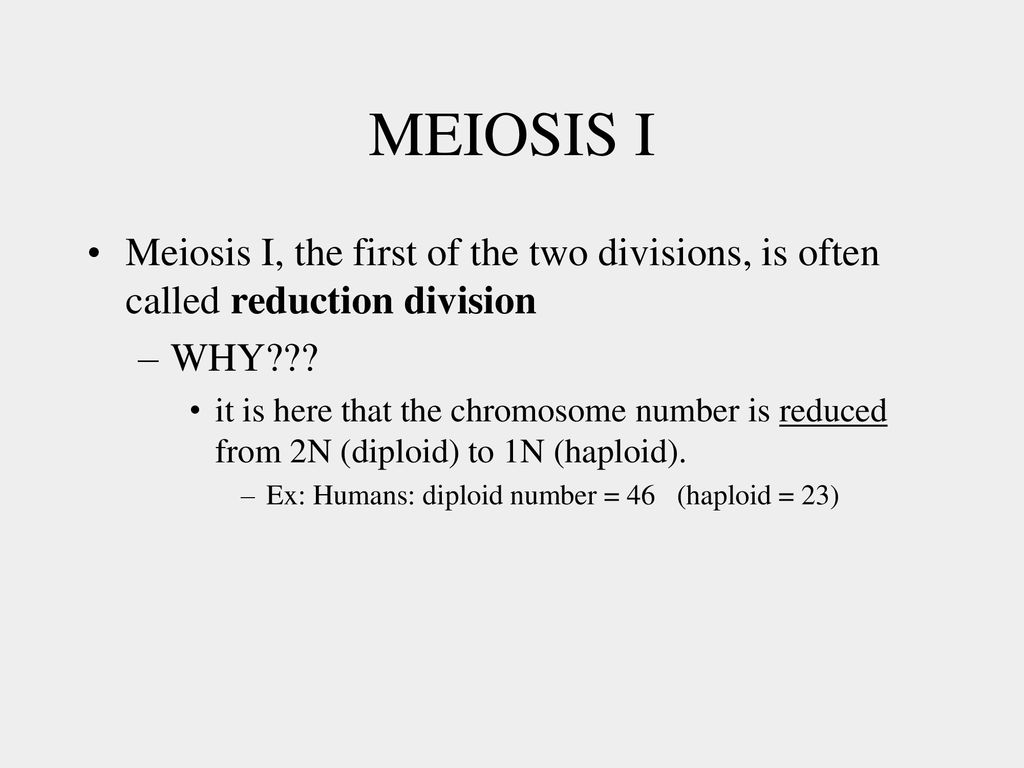Genetics The study of heredity how traits are passed from parent to Biology Diagrams The second meiotic division is similar to mitosis, hence it is sometimes called meiotic mitosis. This division is also called the "equational division" because the sister chromatids of chromosomes separate and move to opposite poles and the chromosome number of the daughter nuclei remains the same as of the parent nucleus.
.jpg)
Notes # Division of Meiosis: The process of meiosis as indicated earlier, consists of two types of division, viz., first meiotic and second meiotic division. Before initiation of meiosis, there is an interphase which consists of G 1, S and G 2 phases like mitosis. But here the G 2 phase is of very short duration.

Meiosis: Stages, Duration and Significance Biology Diagrams
In the first division, which consists of different phases, the duplicated DNA is separated into daughter cells. In the next division, which immediately follows the first, the two alleles of each gene are separated into individual cells. The following are descriptions of the two divisions, and the various phases, or stages of each meiosis.

Meiotic division, or meiosis, is a special type of cell division that occurs in sexually reproducing organisms to produce gametes (sperm and egg cells in animals, pollen and ovules in plants).It reduces the chromosome number by half, ensuring that offspring have the same chromosome number as their parents after fertilization.

Notes on Meiosis: Features, Division and Significance Biology Diagrams
What is Meiosis? Meiosis is a specialized form of cell division in sexually reproducing eukaryotic organisms that leads to the production of gametes, such as sperm and egg cells. This process ensures the reduction of chromosome number by half, resulting in four non-identical haploid cells from a single diploid parent cell. The significance of meiosis lies in its ability to generate genetic

